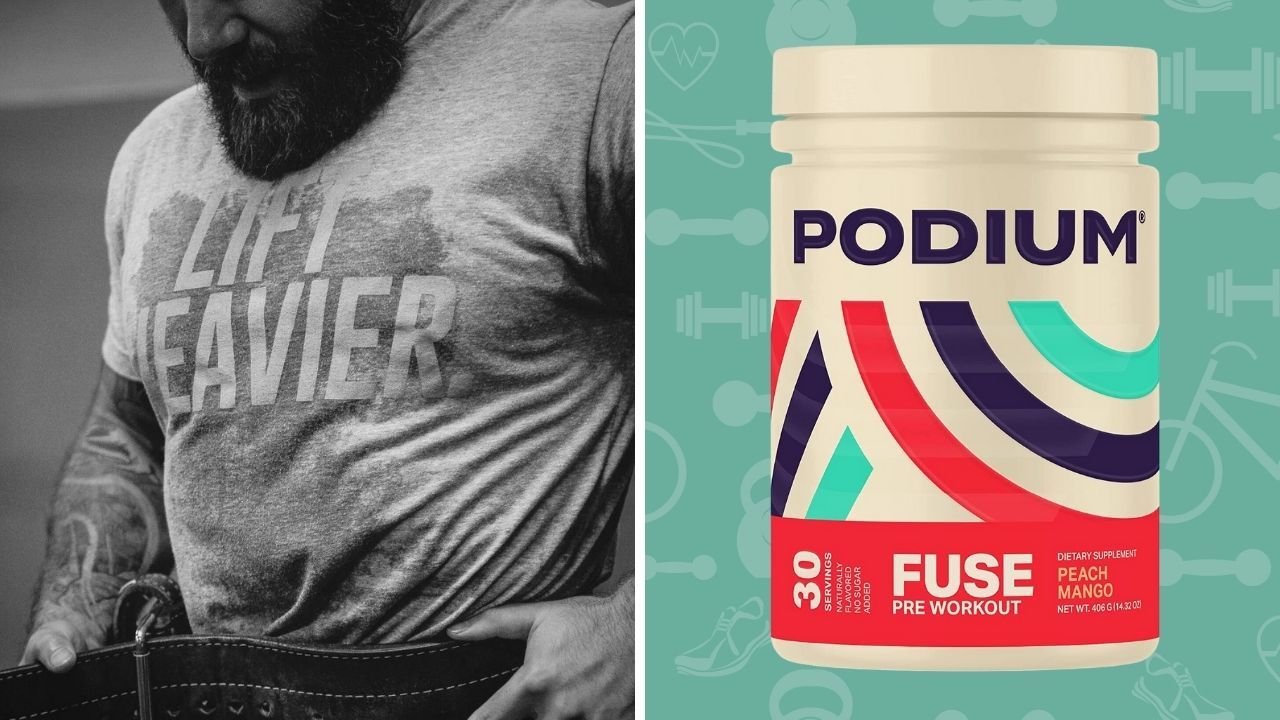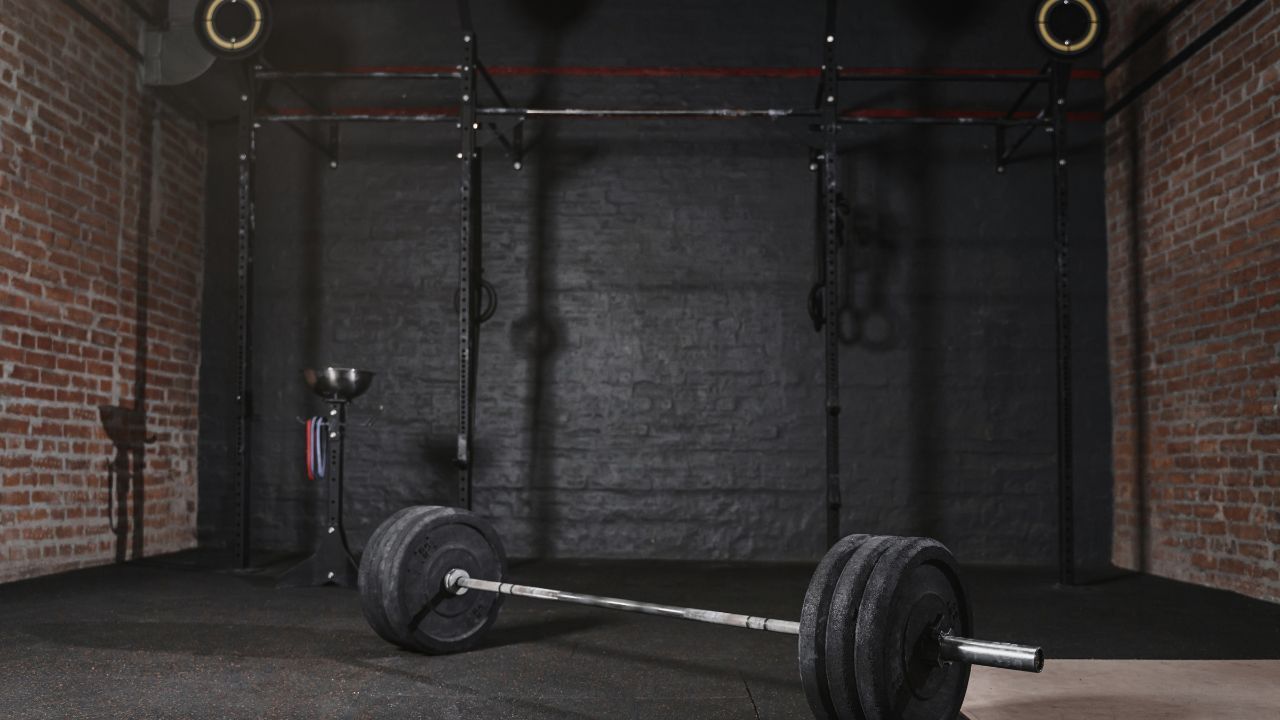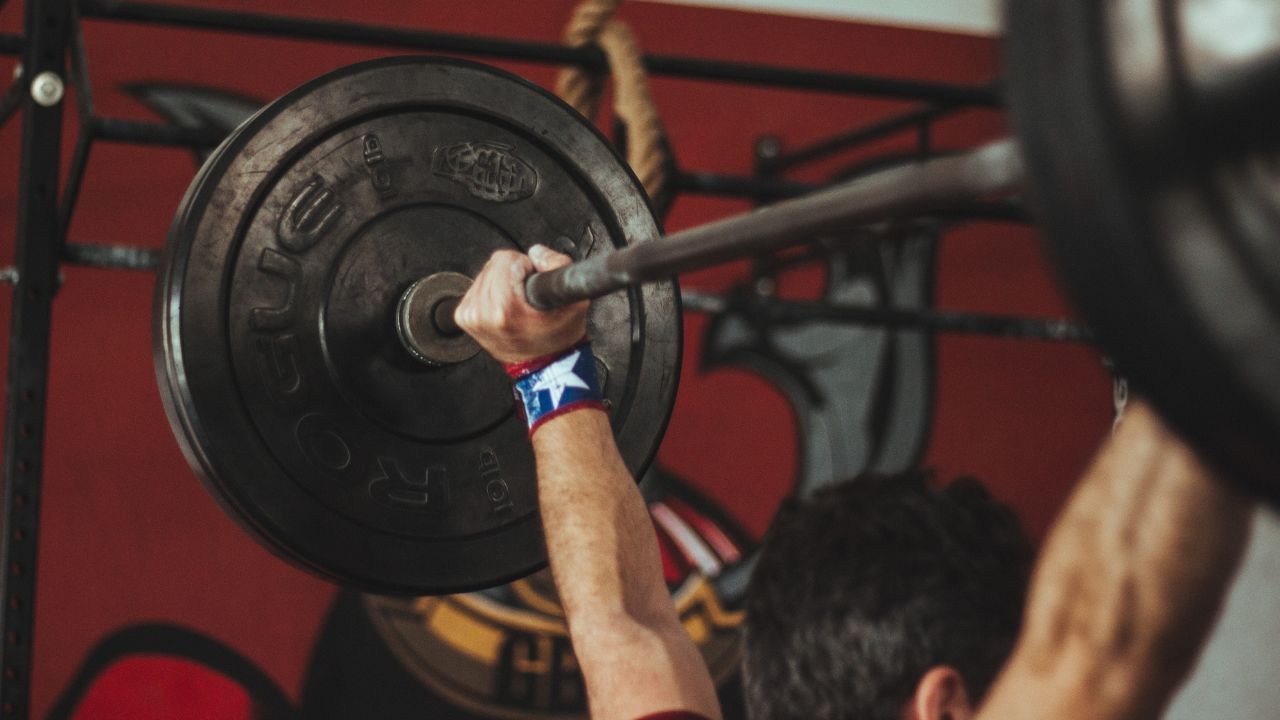
Weighing the Pros and Cons of CrossFit
Explore the pros and cons of CrossFit to see if it's the right workout for you. Get fit or get informed, all here!
CrossFit is a high-intensity fitness program that has gained popularity over the past decade due to its unique approach to exercise.
CrossFit workouts are designed to be challenging and incorporate a variety of functional movements such as weightlifting, gymnastics, and cardio.
While CrossFit has many benefits, it also has its drawbacks, and it is important to understand both before deciding if it is the right fitness program for you.
Understanding CrossFit is the first step in deciding whether it is right for you.
Key Takeaways
- CrossFit is a high-intensity fitness program that incorporates a variety of functional movements.
- CrossFit has many benefits, including improved strength and endurance, but it also has its drawbacks, such as a higher risk of injury.
- It is important to understand the risks and benefits of CrossFit before deciding if it is the right fitness program for you.
Understanding Crossfit
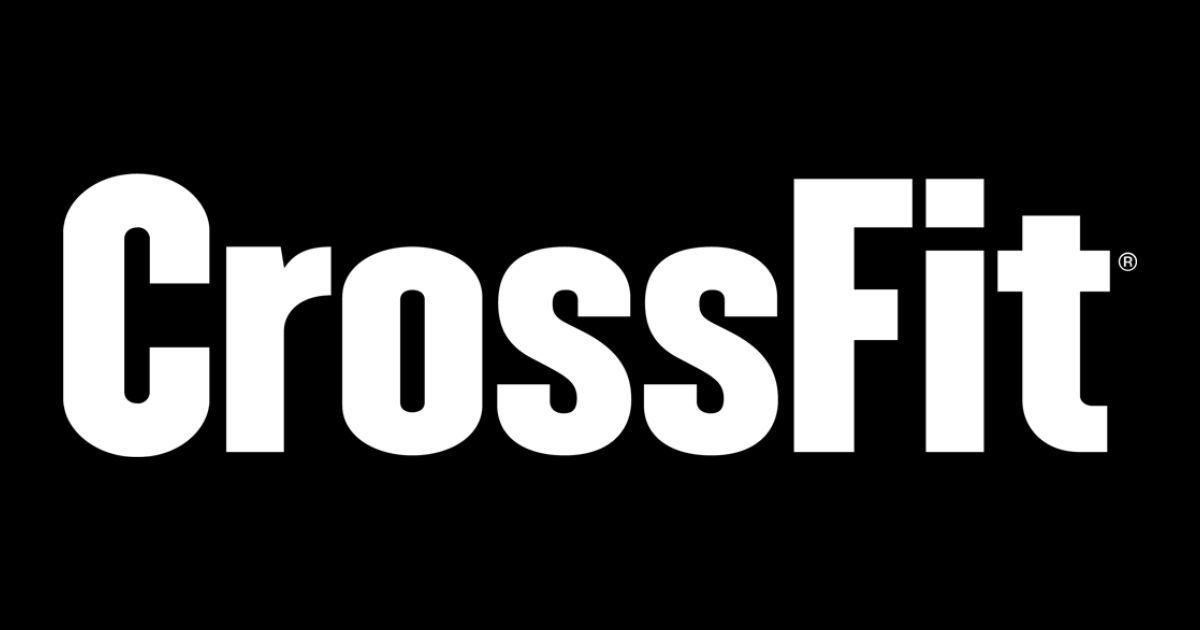
CrossFit is a fitness program that combines various exercises such as weightlifting, gymnastics, and high-intensity interval training (HIIT) to build muscle mass and improve overall fitness.
It was created by Greg Glassman in 2000 and has since grown to become a popular fitness trend worldwide.
A CrossFit gym, also known as a "box," is a facility where CrossFit sessions are held. These sessions are typically led by a certified coach who guides you through the workout program. Each session usually lasts for an hour and includes a warm-up, a skill or strength component, and a WOD (workout of the day).
The CrossFit workout program consists of constantly varied functional movements performed at high intensity.
While CrossFit has many benefits, it also has some potential drawbacks.
One of the main concerns is the risk of injury.
Since Crossfit involves high-intensity exercises, it's important to perform them with proper form and technique to avoid injury. It's also important to listen to your body and not push yourself too hard.
Another potential drawback is the cost.
A CrossFit gym membership can be expensive, and some people may not be able to afford it. However, there are also many free CrossFit workouts available online that you can do at home or in a regular gym.
Overall, CrossFit can be a great way to improve your fitness and overall health. However, it's important to approach it with caution and make sure you're performing the exercises correctly to avoid injury.
Crossfit vs Traditional Gym Equipment
When you walk into a traditional gym, you're likely to be greeted by rows of cardio machines like treadmills and ellipticals, a section for weight machines for targeted muscle group workouts, free weights like dumbbells and barbells, benches, and possibly an area for stretching and mat exercises.
In contrast, a typical CrossFit gym has a more stripped-down and spacious setup to accommodate a wide variety of functional movements and workouts. Here are some distinct differences in equipment and layout:
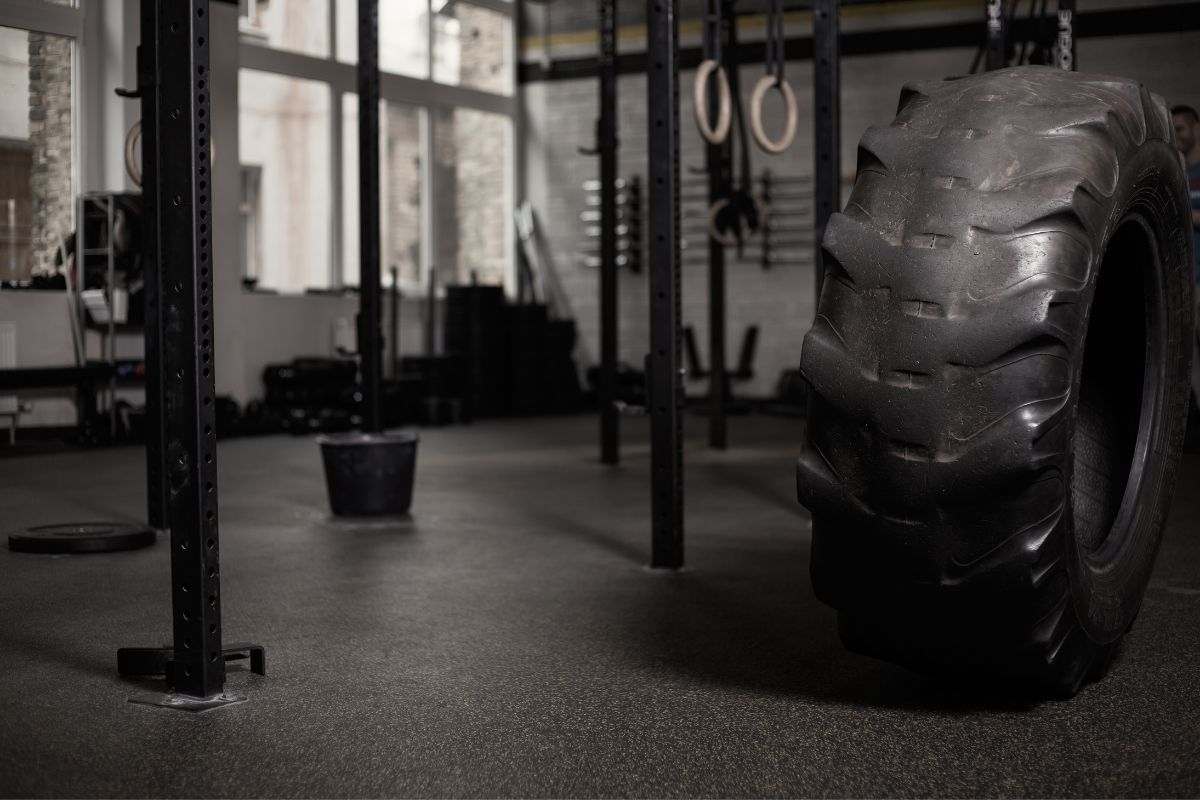
CrossFit Gym:
- Olympic Weights and Barbells: Heavier weights and high-quality barbells are standard for Olympic lifting, which is central to CrossFit training.
- Kettlebells: These are used for a variety of exercises, from kettlebell swings to goblet squats, offering a combination of strength training, flexibility, and cardiovascular workout.
- Plyometric Boxes: Boxes of varying heights are used for box jumps, step-ups, and other plyometric exercises.
- Pull-up Bars/Rigs: CrossFit workouts often include a high volume of pull-ups, and rigs are versatile setups where athletes can also do muscle-ups, hang on rings, and attach resistance bands.
- Medicine Balls: These are used for wall balls, a staple CrossFit exercise, as well as other dynamic movements.
- Jump Ropes: Speed ropes are particularly prevalent for practicing double-unders, a common exercise in many WODs (Workout of the Day).
- Climbing Ropes: Rope climbs are a classic CrossFit exercise that requires both strength and technique.
- Gymnastic Rings: Used for ring dips, muscle-ups, and other gymnastic movements that are frequently included in CrossFit routines.
- Rowing Machines: These are favored for cardiovascular segments within workouts, often preferred over traditional stationary bikes or treadmills.
- Squat Racks: These are essential for the strength training portions of CrossFit, used for back squats, front squats, overhead presses, and more.
- Minimalist or No Machines: Unlike traditional gyms, CrossFit boxes typically don’t have machines for specific muscle group workouts. The focus is on free weights and body movements.
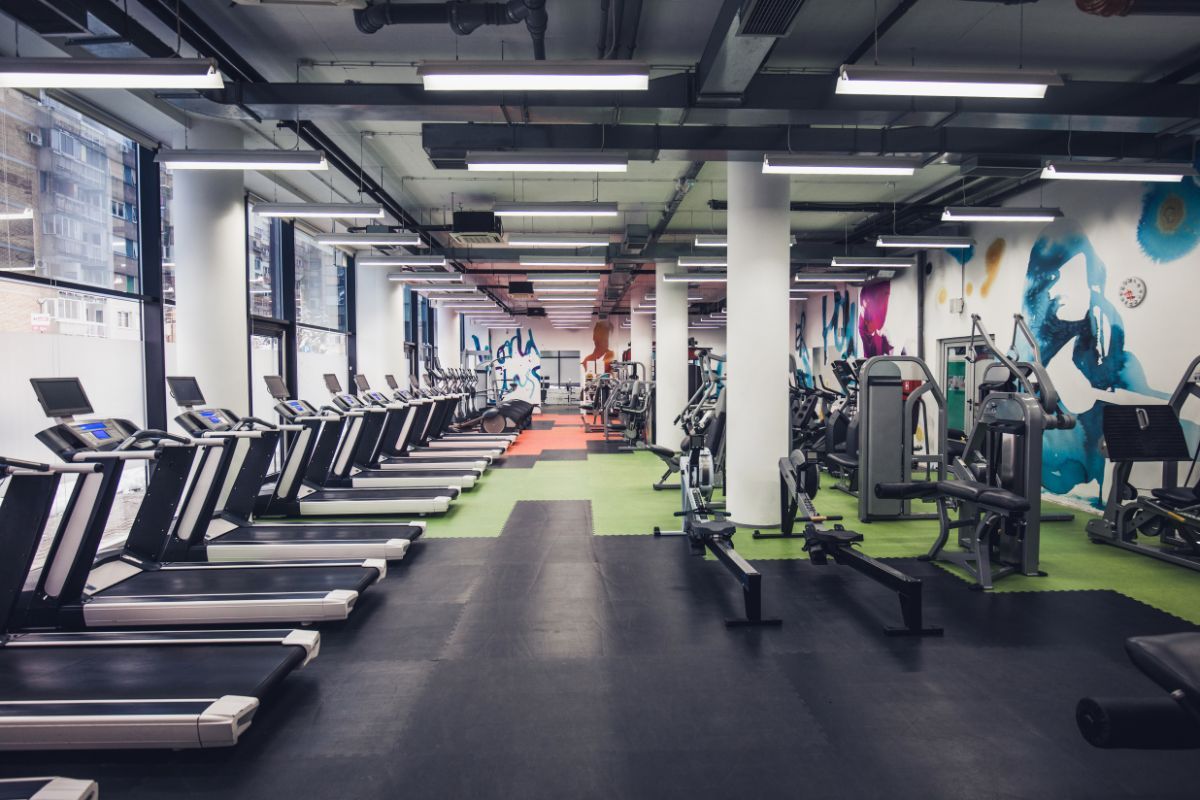
Traditional Gym:
- Cardio Machines: Including treadmills, stationary bikes, stair climbers, and ellipticals.
- Resistance Machines: Targeted equipment for each muscle group, such as leg press machines, lat pulldowns, chest press machines, etc.
- Extensive Dumbbell Racks: Traditional gyms typically have a wider range of dumbbell weights, catering to both low- and high-intensity workouts.
- Smith Machines: These are common in traditional gyms for controlled weight training.
- Benches: A variety of benches, including adjustable ones for various angles of lifting.
- Cable Machines: Versatile equipment for a broad range of exercises with adjustable resistance.
- Dedicated Stretching Areas: Spaces equipped with mats, foam rollers, and other tools for stretching and core workouts.
- Isolation Equipment: Machines designed to target specific muscles or muscle groups, such as bicep curl machines or calf raise machines.
The key difference lies in the philosophy behind the workouts; CrossFit emphasizes functional movements with minimal equipment, while traditional gyms provide a variety of machines for isolated exercises.
The Pros of Crossfit
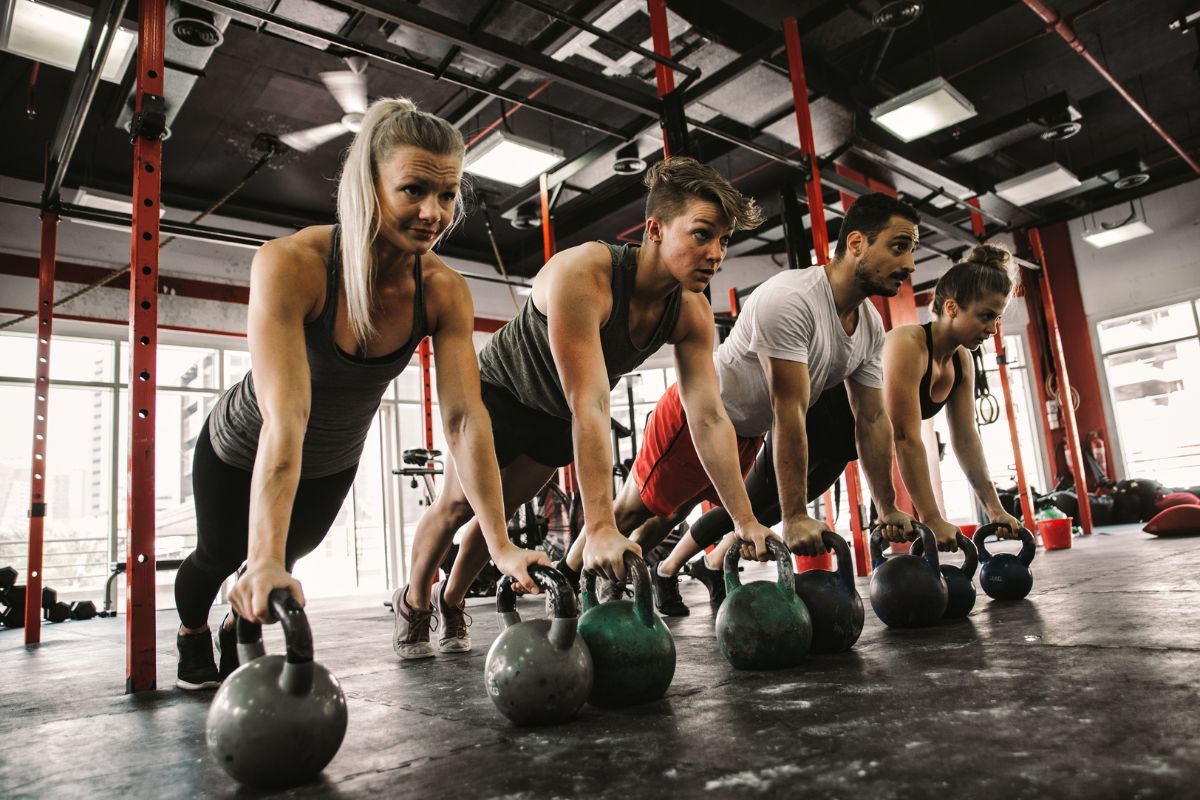
Crossfit has gained immense popularity in the fitness industry due to its unique approach to training sessions.
Here are some of the pros of doing Crossfit on a regular basis:
Fitness and Strength Benefits
Crossfit is a full-body workout that combines high-intensity interval training (HIIT), functional movements, strength training, and Olympic weightlifting.
By doing CrossFit, you can challenge yourself to push beyond your limits and achieve your fitness goals.
Mental and Community Advantages
Crossfit is not just a great workout, but it also provides mental health benefits.
This was the first time in my life where I was able to consistently work out and the community aspect was a huge part of that. It's worth trying CrossFit for that alone. It will help you relieve stress, boost your mood, and improve your overall mental health.
Versatility and Variety
One of the biggest advantages of Crossfit is the wide variety of exercises it offers.
Crossfit exercises are also designed to be scalable, which means you can adjust the intensity and difficulty of the workout to match your own body weight and fitness level. This makes Crossfit a great workout for both beginners and professional athletes.
In summary, CrossFit is a type of training that offers a wide variety of exercises, mental and community advantages, and fitness and strength benefits.
By doing intense workouts on a regular basis, you can achieve your fitness goals and build a strong community of like-minded individuals.
The Cons of Crossfit
When it comes to Crossfit, there are several cons that you need to be aware of. Here are some of the most important ones.
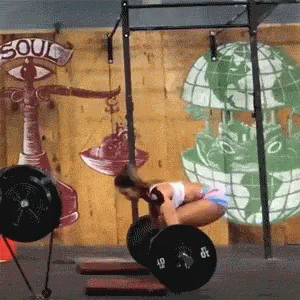
Potential for Injury
One of the biggest cons of CrossFit is the potential for injury. While any form of exercise carries some risk of injury, Crossfit workouts are known for their high intensity and difficulty, which can increase the risk of injury.
To minimize your risk of injury, it's important to focus on good form and proper technique during your workouts.
This means working with a good coach who can help you develop proper form and technique. It's also important to listen to your body and not push yourself too hard, too fast.
Intensity and Difficulty
Another con of CrossFit is the intensity and difficulty of the workouts. Crossfit workouts are designed to be intense and challenging, which can be a good thing for some people.
However, for others, the intensity and difficulty can be overwhelming and discouraging. I was definitely intimidated the first time I went, even though I had a background playing sports, but having good coaches with scaling options will make you feel comfortable.
Comparisons to Traditional Workouts
Finally, some people criticize CrossFit for its focus on high-intensity training and Olympic lifts, which can be intimidating for some people.
They argue that traditional gym workouts, which focus on more basic exercises and training methods, are a better fit for most people.
While it's true that traditional gym workouts or your typical bodybuilding workout routine can be effective for many people, it's also true that Crossfit workouts can be just as effective, if not more so, for others.
The key is to find a workout routine that works for your individual needs and goals.
Overall, while there are some cons to CrossFit workouts, the benefits of this type of exercise can outweigh the drawbacks for many people.
By focusing on good form, working with a good coach, and gradually increasing the intensity and difficulty of your workouts, you can minimize your risk of injury and get the most out of your workout sessions.
Key Considerations When Selecting a CrossFit Gym
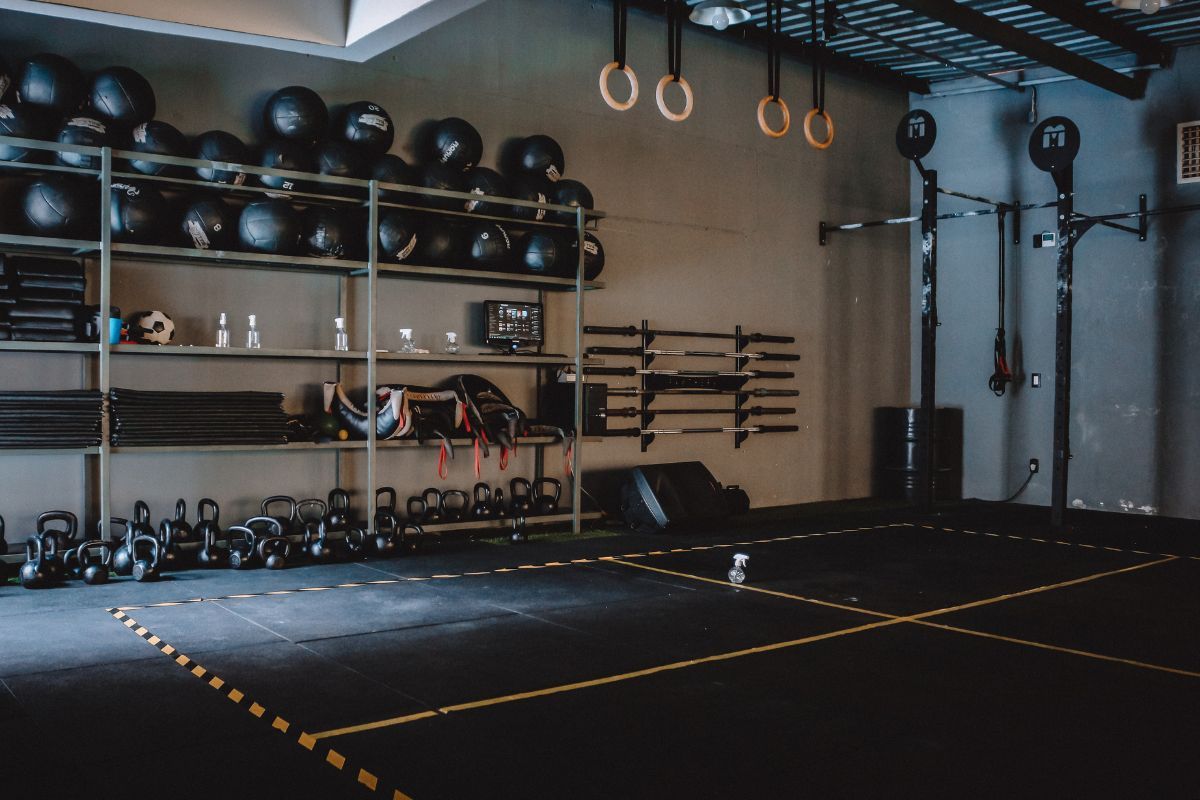
Choosing the right CrossFit gym is crucial to your fitness journey. The right box can enhance your progress, ensure safety, and provide a supportive community.
When scouting for the ideal CrossFit gym, consider the following aspects:
- Certified and Experienced Coaches: Look for gyms with highly qualified coaches who not only hold CrossFit certifications but also have a breadth of experience. Coaches should prioritize safety, technique, and offer individualized feedback.
- Well-Maintained Equipment and Facilities: A well-equipped gym with a range of well-maintained gear is essential. Inspect the cleanliness of the space and the condition of equipment to ensure a safe training environment.
- Positive Community Atmosphere: Join a trial class to gauge the gym’s culture. The best CrossFit experiences come from a supportive and welcoming community that aligns with your comfort level and encourages progress.
- Structured and Varied Programming: Evaluate the workout programs. They should be diverse to cover all fitness domains and structured to facilitate gradual progression and prevent plateauing. They should also have a dedicated strength section and a metabolic section.
- Satisfied Members and Low Turnover: Observe the members and ask for their experiences. Long-term, content members often reflect a gym's commitment to its clients' well-being and satisfaction.
- Adaptability to Fitness Levels: Ensure the gym offers scalable options for different fitness levels and is willing to adapt workouts to individual needs and limitations.
By thoroughly evaluating these elements, you can find a CrossFit gym that not only meets your fitness goals but also provides a sense of belonging and motivation to stay the course.
Frequently Asked Questions
What are the potential risks of CrossFit?
CrossFit can be a high-intensity workout that may lead to injuries if not performed correctly.
Some of the common injuries associated with CrossFit include muscle strains, sprains, and joint pain.
However, these risks can be minimized by working with a qualified CrossFit coach, using proper form, and not pushing yourself beyond your limits.
What are the benefits of CrossFit compared to other forms of exercise?
CrossFit is a full-body workout that combines strength training, cardio, and functional movements. This type of training can improve your overall fitness, increase your endurance, and help you burn fat.
Additionally, CrossFit workouts are typically done in a group setting, which can provide a sense of community and motivation.
How does CrossFit training affect the body?
CrossFit training can lead to improvements in strength, endurance, and overall fitness. The high-intensity nature of CrossFit workouts can also lead to increased calorie burn and fat loss.
However, it is important to remember that results may vary depending on individual fitness levels and adherence to a proper nutrition plan.
Can CrossFit be beneficial for beginners?
CrossFit can be beneficial for beginners, but it is important to start with the basics and work your way up.
It is recommended that beginners start with a CrossFit on-ramp program, which will teach them the fundamental movements and techniques used in CrossFit.
Additionally, beginners should work with a qualified CrossFit coach to ensure proper form and avoid injury.
What are some common misconceptions about CrossFit?
One common misconception about CrossFit is that it is only for elite athletes. However, CrossFit can be scaled to fit any fitness level, and beginners are welcome. Another misconception is that CrossFit is dangerous.
While there are risks associated with any form of exercise, these risks can be minimized by working with a qualified CrossFit coach, using proper form, don't lift more weight than you're comfortable with, and not performing exercises you are not ready for like kipping pull-ups or muscle-ups.
Is CrossFit suitable for individuals with certain health conditions?
CrossFit can be suitable for individuals with certain health conditions, but it is important to consult with a healthcare provider before starting any new exercise program. Individuals with pre-existing medical conditions, such as heart disease or joint problems, may need to modify their workouts or avoid certain movements altogether.
Before You Go...
